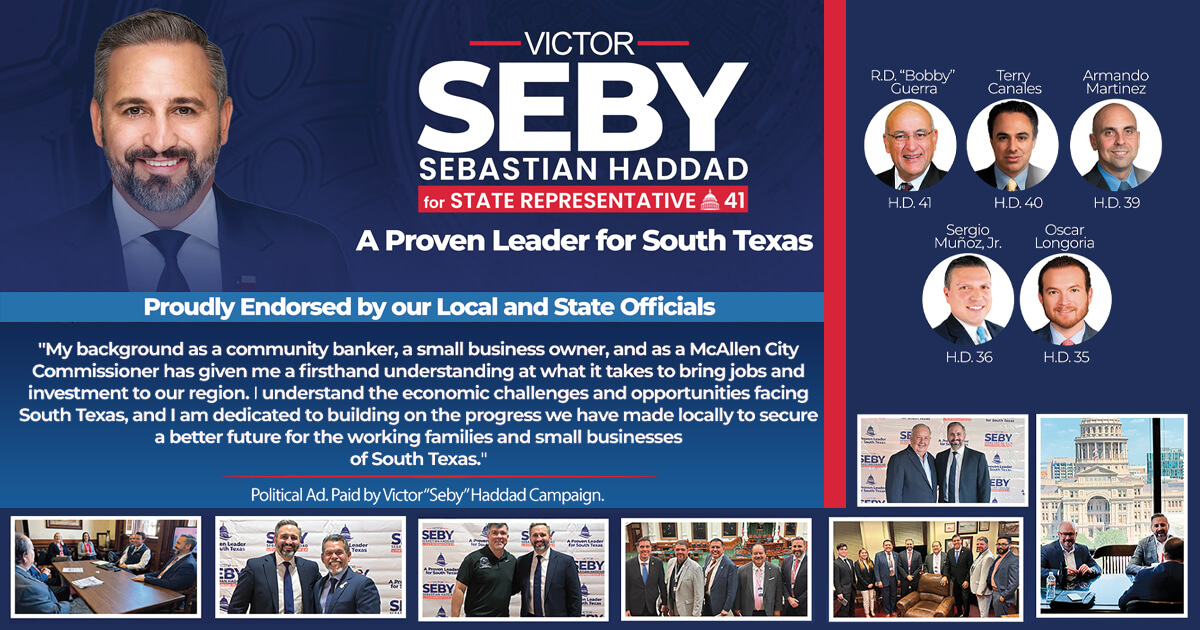
Texas Border Business
AMERICAN RED CROSS– Many regions of the country are under a threat for heavy rain and possible flash flooding. The American Red Cross is monitoring the situation and offers steps people should take to help stay safe.
WHAT YOU SHOULD KNOW
Floods are among the most frequent and costly natural disasters. Flooding often occurs following a hurricane, thawing snow, or several days of sustained rain. Flash floods occur suddenly, due to rapidly rising water along a stream or low-lying area.
A flood/flash flood WATCH means a flood or flash flood is possible. A flood/flash flood WARNING means flooding, or flash flooding is already occurring or will occur soon. Take immediate precautions.

GET READY NOW
Three simple steps can help to keep your family safe during disasters — 1) Get a Kit. 2) Make a Plan. 3) Be Informed.
- Build your emergency kit with a gallon of water per person, per day, non-perishable food, a flashlight and a battery-powered radio. Also include a first aid kit, medications, supplies for infants or pets, a multi-purpose tool and personal hygiene items. And don’t forget to add copies of important papers, cell phone chargers, blankets, maps of the area and emergency contact information.
- Plan what to do in case you are separated from your family during an emergency and what to do if you have to evacuate. Make sure to coordinate your plan with your child’s school, your work and your community’s emergency plans.
- Stay informed by finding out what emergency situations may occur where you live, work and go to school, how local officials will contact you during a disaster and how you will get important information, such as evacuation orders.
- Include your pets in your emergency plans. Remember, if you and your family need to evacuate, so does your pet. It’s important to plan in advance to know which pet-friendly hotels are in your area, and where your pets can stay in an emergency situation.
- Turn around, don’t drown! Stay off the roads. If you must drive and you encounter a flooded roadway, turn around and go another way.
- If you are caught on a flooded road and waters are rising around you, get out of the car quickly and move to higher ground.
- Tune into your local radio, NOAA radio or news channels for the latest updates. If your neighborhood is prone to flooding, prepare to evacuate quickly if necessary. Follow evacuation orders and don’t return until officials say it is safe.
- Stay away from floodwaters. Beware of snakes, insects and other animals that may be in or around floodwaters and your home.
- Keep children and pets away from hazardous sites and floodwaters.
- If power lines are down, don’t step in puddles or standing water.
DOWNLOAD OUR APPS. The Red Cross Emergency app can help keep you and your loved ones safe with real-time alerts, shelter locations and safety advice. The Red Cross First Aid app provides instant access to information on handling the most common emergencies. Download these free apps by searching for ‘American Red Cross’ in your app store or visit redcross.org/apps.














